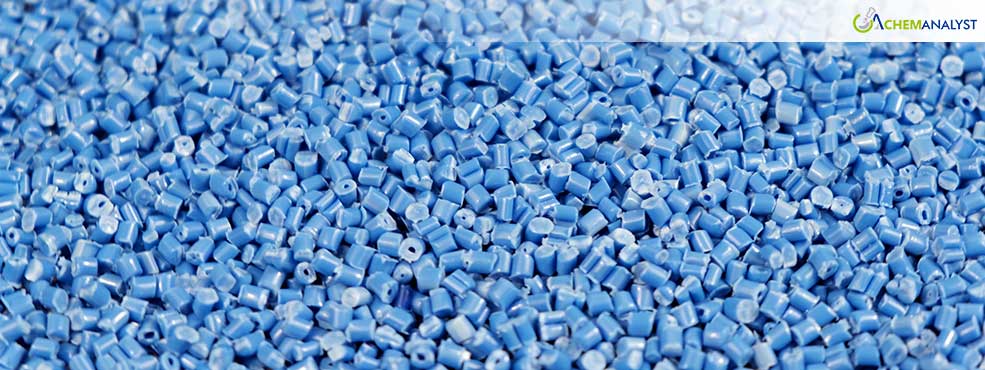TPE Market Faces Mixed Trends as Feedstock Costs and Festive Pauses Drive Regional Variations
- 06-Feb-2025 6:45 PM
- Journalist: John Keats
Late January 2025 witnessed a significant price fluctuation for Thermoplastic Elastomers (TPE), driven by rising production costs across key markets. While prices increased in the US, stability was observed in Europe and Asia. A critical factor supporting the TPE market was the surge in the prices of Styrene and Ethylene, essential feedstocks for TPE production. This uptick in raw material costs was compounded by a price revision from Japan’s leading producer, Kuraray Plastics Co. Ltd., which announced a global TPE price hike set to take effect from February 1, 2025.
Kuraray Plastics stated that it would raise TPE prices by USD 330/MT across all regions, citing rising costs in feedstock, process chemicals, utilities, logistics, maintenance, and more. The company emphasized that these increases were necessary to maintain supply and support continued product innovation. In addition, Styrene prices also surged by USD 330/MT, further raising production costs for TPE.
Across the global markets, TPE prices showed varied trends. In the US, TPE prices rose by about 3.7% in the latter half of January 2025. This increase came as suppliers faced rising costs, with Styrene prices up by 9% and Ethylene prices climbing by 7.4%. Although suppliers struggled with low inventory levels and were reluctant to trade at lower price points, these production cost hikes were passed on to customers. Despite the price increases, demand from the downstream automotive industry remained low. January vehicle sales in the US dropped 7.5% month-on-month to 15.6 million units, falling short of expected levels due to post-festive sluggishness, extreme weather conditions, and disruptions in Southern California.
In Europe, the TPE market was largely stable, though price increases driven by rising Styrene prices—up 12%—had a muted impact. This was largely due to ample stock left over from the previous destocking cycle, which prevented any significant price spikes. While automotive sales were down by 2.8% in January as reported by KBA, logistical disruptions were minimal, and restocking efforts fell below expectations, limiting potential market gains.
The Asian market remained largely quiet due to the Chinese Lunar New Year celebrations at the end of January. Production of TPE in China was reported to be low, as businesses paused operations. Despite a 7.4% rise in Styrene prices, Chinese suppliers opted to roll over prices, and exports to neighboring countries like Malaysia and Vietnam were also subdued due to festive periods like Ramadan and Tet.
As global TPE prices continue to rise, expectations are mixed. Kuraray’s price revision provides some support to the global market, though the Chinese market remains an outlier. Following the Lunar New Year, there is a possibility that suppliers will destock their remaining inventories, leading to an oversupply that could drive TPE prices lower in February 2025. Demand conditions across China for TPE fare expected to further wane as China has renewed a trade-in subsidy to help underpin sales of fuel-efficient vehicles, including electric cars and hybrids, which will diminish the demand for TPE which is mostly used combustion engine vehicles.



